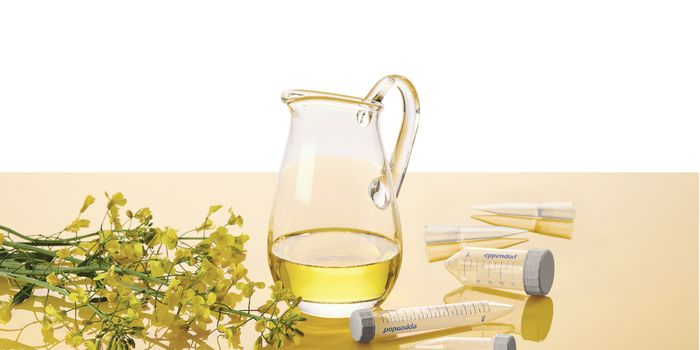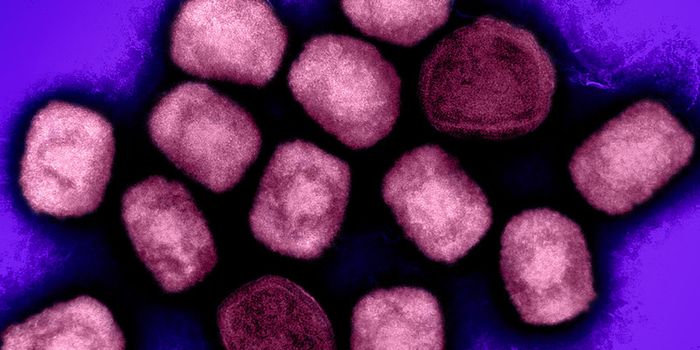Higher CO2 Levels in the Atmosphere Lead to Bigger, Less Nutritious Plants
Rising CO2 levels continue to raise alarm around the world, highlighting the dangerous ways climate change is impacting our planet. Some estimates show that there has been an almost 50% increase in CO2 levels since the start of the Industrial Age.
But how exactly do plants respond to this increase in atmospheric CO2? After all, CO2 is a vital component in plant photosynthesis, so presumably, more CO2 in the air would benefit plants, right?
Not exactly, says a new study conducted by a team of researchers at Michigan State University, which looked at how certain plants are affected by changes in atmospheric CO2. The study is published in Current Biology.
On the surface, researchers found that more CO2 in the atmosphere caused plants to grow bigger than normal. That sounds good, but researchers also found that plants that grew more due to increased CO2 exposure also had less nutritional value than they would have otherwise. This finding highlights that the growing threats from climate change are impacting plants and potentially food stability on a number of different levels.
But researchers didn’t stop there. They dug deeper to understand the root of the problem: what was going on in plants that caused them to grow larger but retain less nutritional value?
For one, the team noted that there was an inverse relationship between CO2 exposure and phosphorus levels in plants. Specifically, as plants were exposed to more CO2, researchers reported decreased phosphorus levels in plants. This was particularly interesting, because phosphorus is an important part of plant growth, and a commonly used fertilizer. So what gives?
Closer inspection at the cellular level revealed that plants were holding back on bringing phosphorus into their chloroplasts as a sort of response to being exposed to so much CO2. Because phosphorus is such a crucial part of photosynthesis, in addition to CO2, the lack of phosphorus in the chlorophylls, where photosynthesis occurs, poses problems for plants.
The research team wanted to understand how to change this decrease in phosphorus to help plants grow and retain their nutritional value. They found that when trying to add more phosphorus to chlorophyll, plants did not grow. They also noted that plants experienced higher levels of phytic acid when exposed to high amounts of CO2—once they hit a certain level of phytic acid, plants didn’t grow at all. Managing these levels could help plants thrive under carbon dioxide over exposure.
Sources: Science Daily; Current Biology; NASA








